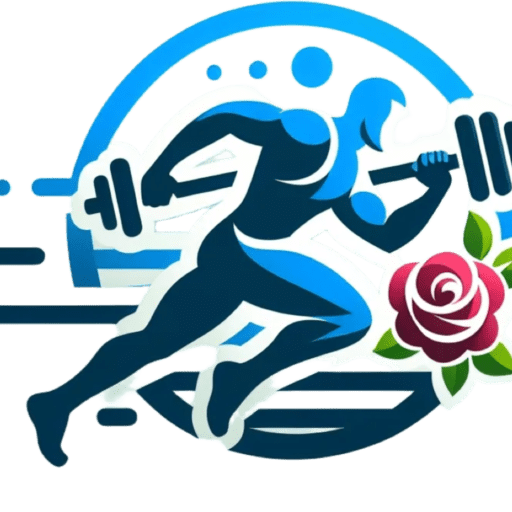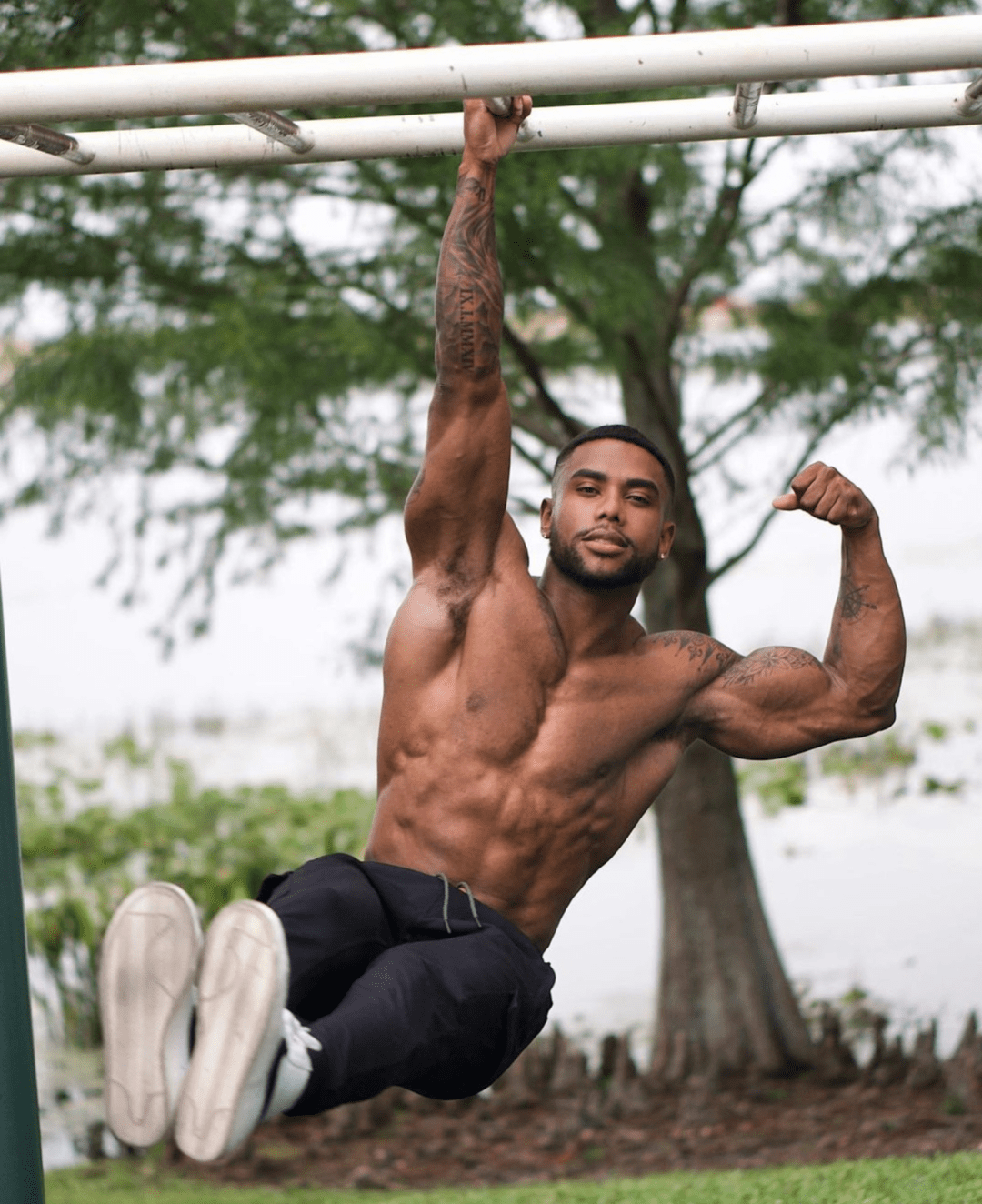Calisthenics has taken the fitness world by storm—and for good reason. Using your own bodyweight, you can build incredible strength, mobility, and muscle definition without needing a gym membership. In this post, we’ll break down the best calisthenics exercises in 2025, go over the top gear you’ll need, highlight weekly training routines, and help you understand why calisthenics continues to dominate the fitness space.
What Is Calisthenics and Why Should You Do It?
Calisthenics is a form of bodyweight training that uses minimal equipment to improve strength, flexibility, balance, and endurance. Think push-ups, pull-ups, dips, and handstands. The appeal? It’s scalable, accessible, and builds incredible control over your body.
Whether you’re a beginner or advanced, the best calisthenics exercises in 2025 can be adapted to meet your skill level. Calisthenics also improves functional strength—real-world movement ability—not just aesthetics.
Top Equipment You’ll Need for Calisthenics (All Available on Amazon)
While calisthenics is largely equipment-free, a few tools can elevate your results:
| Equipment | Why You Need It | Amazon Link |
|---|---|---|
| Pull-Up Bar | Essential for upper body strength training. | [Amazon Link] |
| Gymnastic Rings | Boost balance and core strength. | [Amazon Link] |
| Parallel Bars | Perfect for dips, L-sits, and advanced moves. | [Amazon Link] |
| Resistance Bands | Help with progressions and mobility work. | [Amazon Link] |
| Weighted Vest | Increase intensity as you get stronger. | [Amazon Link] |
| Ab Wheel | Core engagement and control. | [Amazon Link] |
| Jump Rope | Warm-ups and cardio sessions. | [Amazon Link] |
Top 10 Best Calisthenics Exercises in 2025

These are the cornerstone movements of any powerful bodyweight training program. Incorporate them weekly for balanced gains:
- Pull-Ups – Upper body staple for back and biceps. Learn how to master pull ups here
- Push-Ups – Chest, shoulders, and triceps builder.
- Dips – Great for triceps and lower chest.
- Bodyweight Squats – Builds lower body endurance.
- Pistol Squats – Advanced unilateral leg training.
- Planks – Core strength and posture.
- L-Sits – Static strength and core control.
- Handstands – Shoulder and balance training.
- Hollow Body Hold – Full-body tension for control.
- Muscle-Ups – Combines strength and technique.
These best calisthenics exercises in 2025 not only build lean muscle but also improve coordination and mobility.
Weekly Calisthenics Training Schedule (Beginner-Friendly)
Here’s a beginner schedule based on these top exercises:
Monday – Push Focus
- Push-ups: 3×10-15
- Dips (assisted if needed): 3×5-10
- Planks: 3×30 sec
Tuesday – Pull Focus
- Pull-ups (band-assisted): 3×5-8
- Rows: 3×8-12
- Hollow Hold: 3×20 sec
Wednesday – Rest or Active Recovery
- Stretching, foam rolling, light walking
Thursday – Lower Body
- Bodyweight squats: 3×20
- Pistol squat progressions: 3×5 each leg
- Jump rope: 5-10 mins
Friday – Full Body Static
- Handstand practice: 10 mins
- L-sits: 3×10 sec
- Core circuit
Weekend – Optional Play/Movement Day
- Rings, bar flows, mobility work
This weekly structure supports progression in the best calisthenics exercises in 2025 for sustainable growth.
✅ Calisthenics vs. Weight Training — Which Is Better?
Calisthenics and weight training both offer powerful ways to build muscle, burn fat, and improve your physique — but they do so in different ways. Here’s a breakdown to help you decide which approach suits you best:
| Calisthenics | Weight Training |
|---|---|
| Uses your own bodyweight | Uses external resistance (dumbbells, machines) |
| Builds functional strength and control | Builds raw strength and muscle mass efficiently |
| Can be done almost anywhere | Usually requires gym access or home equipment |
| Enhances mobility, stability, coordination | Isolates muscle groups more easily |
| More skill-based and progression-focused | Easier to progressively overload |
📊 Research Insight
A 2020 study published in the Journal of Strength and Conditioning Research found that both calisthenics and weight training led to similar improvements in muscle strength and endurance when done consistently over 8 weeks. However, calisthenics showed greater improvements in flexibility, balance, and mobility — making it ideal for people who want all-around athletic development without relying on gym machines.
🧠 Bottom Line: If you’re looking for functional strength, core control, and a more athletic look, calisthenics is your go-to. If your goal is to maximize size and pure strength fast, weight training might be more direct. But for most people, a hybrid of both works best.
Why Are Gymnasts Always Shredded?

Gymnasts are basically elite calisthenics athletes. Their routines are built around advanced bodyweight control—iron crosses, handstands, planches, and levers—all of which demand full-body engagement and low body fat.
Their training volume, consistency, and full-body intensity explain why they have such sculpted, muscular physiques. And now, thanks to content creators like Austin Dunham, regular people are learning how to replicate these methods.
Is Calisthenics Good for Losing Weight?
Absolutely. Calisthenics is a powerful tool for fat loss — especially when paired with proper nutrition and consistency.
Here’s why:
- It’s high-intensity, which boosts calorie burn.
- It involves compound movements that engage multiple muscle groups (pull-ups, dips, push-ups, squats).
- You build lean muscle, which raises your resting metabolic rate.
- You can scale intensity as you improve.
💡 Pro Tip: For optimal fat loss, combine your calisthenics training with a caloric deficit. We break this down step-by-step in our Fat Loss Guide for Beginners.
Mental and Functional Benefits
Calisthenics isn’t just physical. Learning bodyweight skills requires patience, discipline, and mental toughness. You’ll fall. You’ll fail. But when you finally nail that first pull-up or handstand, the reward is unmatched.
This is why the best calisthenics exercises in 2025 are so impactful—they develop resilience alongside physical gains.
Most people quit because it’s hard. But stick with it, and you’ll build a physique—and mindset—that stands out from the crowd.
Best Tips for Calisthenics Success
- Lower your body fat: Calisthenics is easier and more effective when you’re leaner. Check out our guide on how to lose fat.
- Master the basics first: Pull-ups, push-ups, and squats are foundational.
- Stay consistent: Results come from repetition over time.
- Use gear to scale: Bands, rings, and vests help you progress.
- Recover wisely: Mobility work and sleep matter.
These tips will help you master the best calisthenics exercises in 2025 faster and more safely.
🔥 Calisthenics Inspiration: Austin Dunham

If you’re looking for motivation and real-world results from calisthenics training, Austin Dunham is one of the most recognized faces in the game. Known for his clean technique, creative workouts, and shredded physique, Austin has built a global following by promoting calisthenics as a lifestyle — not just a workout method. His content is beginner-friendly but still pushes advanced athletes to level up.
He frequently shares tips on building strength, muscle, and mastering bodyweight skills — proving that calisthenics can be both effective and aesthetic. You can follow his journey, tutorials, and daily motivation on Instagram here:
👉 @austin_dunham
Influential Calisthenics Athletes to Follow
- Austin Dunham – One of the most influential voices in bodyweight fitness.
- Chris Heria – Founder of ThenX, known for explosive workouts.
- Frank Medrano – Vegan calisthenics legend with crazy control.
- FitnessFAQs – Technique breakdowns and science-based training.
These athletes inspire millions and demonstrate what the best calisthenics exercises in 2025 can help you achieve.
🧠 Is Calisthenics Better for Shorter Individuals?
While calisthenics can be an effective training method for everyone, many people notice that shorter individuals tend to excel more quickly in certain bodyweight movements—and there’s actually a good reason why.
Shorter people typically have more favorable leverage when it comes to exercises like pull-ups, handstands, planches, and muscle-ups. With a lower center of gravity and shorter limb length, they can often maintain balance more easily and reduce the torque placed on joints and muscles during movement. This translates to faster progress and smoother control in advanced calisthenics skills.
For example, in exercises like the front lever or planche, the longer your body is, the more strength and technique are required to hold the position. Shorter athletes don’t have to fight as much against gravity, giving them a bit of a mechanical advantage. This is also part of the reason many elite-level gymnasts—who often specialize in calisthenics-like movements—tend to be shorter in stature.
That said, anyone can master calisthenics with consistency and proper progression. Whether you’re tall, short, or somewhere in between, the focus should be on building relative strength, control, and body awareness over time.
💡 Did You Know?
Shorter individuals often find calisthenics easier due to more favorable leverage. With shorter limbs, they experience less torque and strain in advanced movements like planches or handstands — helping them progress faster. This biomechanical advantage is also why many gymnasts, who train using calisthenics principles, tend to be on the shorter side.
FAQs
Q: Is calisthenics good for losing weight?
A: Yes! It burns calories, improves lean muscle mass, and can be combined with cardio. Plus, it’s sustainable and scalable. Pair it with proper nutrition for maximum fat loss.
Q: Do I need equipment to get started with calisthenics?
A: No, but tools like pull-up bars and rings make progression easier.
Q: How long does it take to see results?
A: With 3-5 sessions per week, noticeable results can come in 4-8 weeks.
Q: Are calisthenics workouts effective for building muscle?
A: Absolutely. With enough intensity and volume, you can build significant muscle mass.
Q: What are the best calisthenics exercises in 2025 for beginners?
A: Push-ups, pull-ups (assisted), bodyweight squats, planks, and dips.
Final Thoughts: Start Your Calisthenics Journey
The best calisthenics exercises in 2025 deliver functional strength, a shredded physique, and mental toughness—all without expensive gym memberships. With just a few pieces of gear and the right strategy, you’ll be well on your way.
Ready to start training? Explore our calisthenics gear recommendations above, or check out our fat loss article to help you get leaner faster.
Let us know in the comments which exercise you’re most excited to try—or if you’d like to see a guide for intermediate and advanced calisthenics athletes next.


1 thought on “The Best Calisthenics Exercises in 2025: Build Strength, Flexibility, and Mental Toughness”